A Homeowners’ Guide to Adjusting Water Heater Settings
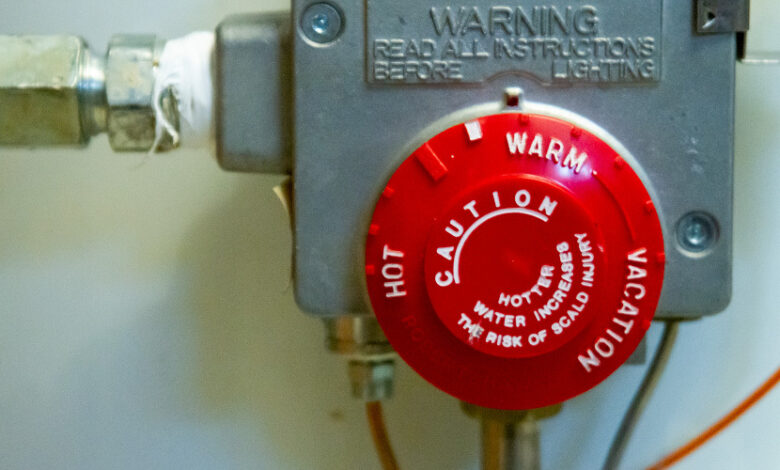
Cold and scalding hot showers are a no-no at shower time. Correctly adjusting your water heater temperature settings is the only way to enjoy your bath, stay safe and reduce the electricity bills.
This homeowner’s guide will show you how to adjust your water heater settings correctly.
What is the proper temperature range?
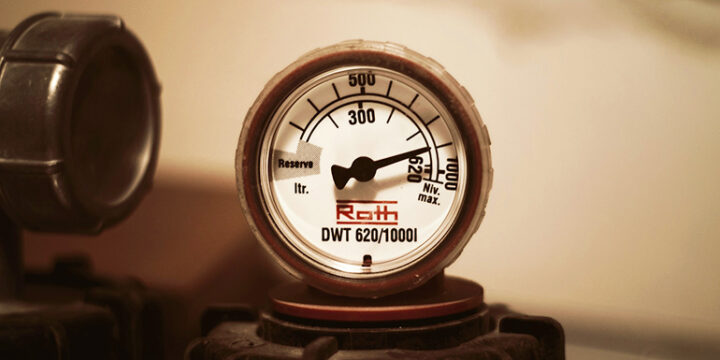
Your water heater should provide water in a suitable temperature range. The correct temperature is not too hot or too low.
Very low temperatures give you cold or lukewarm or tepid showers that can be dangerous to your health. Apart from giving you cold showers, low water temperatures can foster bacteria growth in the shower system, leading to the contraction of legionnaire’s disease, especially in people above 50.
Very hot water, on the other hand, harms your skin. It can lead to third-degree burns that can be life-threatening, especially to young children.
To prevent these extreme and unbearable temperatures, many water heater manufacturers make water heaters in a given temperature range that you cannot exceed.
The U.S. Dept. of Energy suggests setting your lowest temperature settings to 120 degrees Fahrenheit. This temperature is sufficient to kill any pathogens or bacteria that cause health issues like legionnaires disease. And at the same time, it is adequate to give you the right hotness of water.
You can also set it to a maximum of 140 degrees if you prefer your water hotter. Above this, you are in danger of scalding the skin off your body!
So it is safe to say that the right temperature range is between 120 to 140 degrees Fahrenheit. Within this range, you are assured of great baths, excellent health, and a reduction in your energy bills.
How to adjust the settings in different water heater types
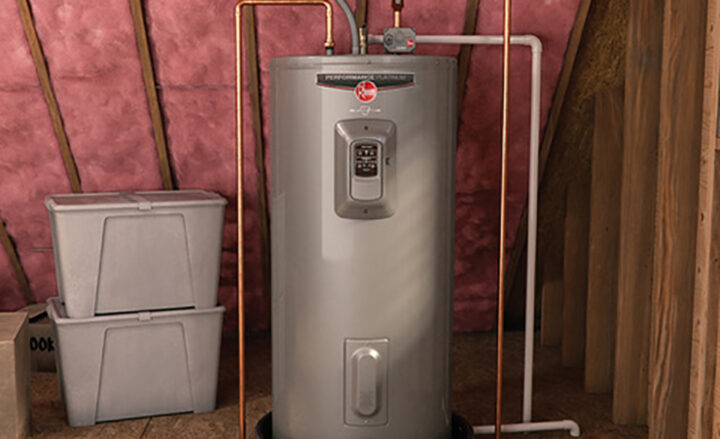
Adjusting the water heater temperature setting in all water heater types or models is quite similar.
Here are the interfaces to use in the different types of water heaters.
Tankless water heaters
This is the easiest water heater to adjust. It has an LED panel where you can directly readjust the temperature settings. They are more precise than the traditional water heaters’ dial/knob adjustment settings.
Most tankless water heaters have a display with a temperature read-out and controls for adjusting the temperature. So when adjusting, do it like how you would a thermostat of your AC. Use the tankless water heater’s digital control panel to adjust the temperature up or down.
Electric water heater
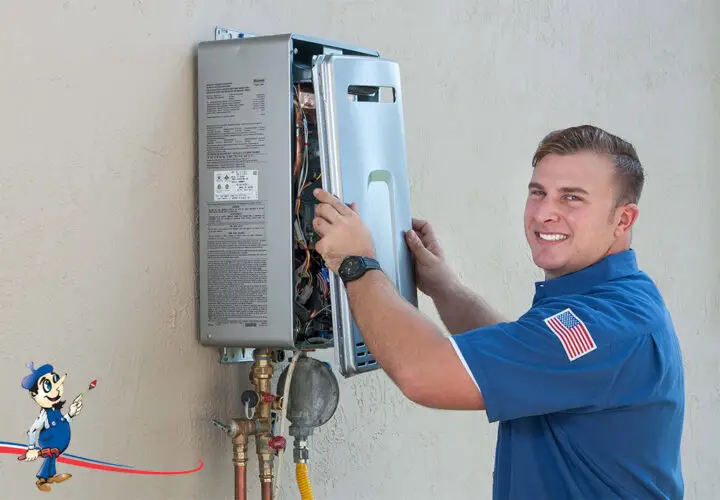
An electric heater has two thermostats, one at the top and one at the bottom of the tank. To adjust its water heater settings, you will have to adjust both thermostats. Both controls are located behind a panel that has knobs. You can turn the knobs to get the desired water heater thermostat settings.
Gas water heater
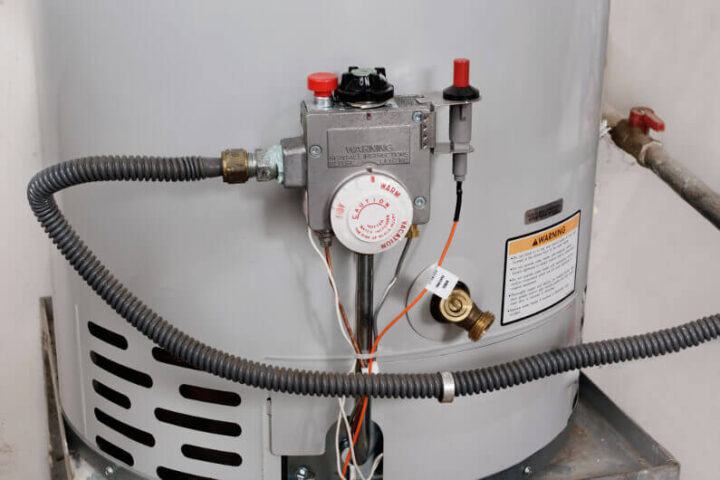
The controls on new gas water heater models are similar to those found on electric water heaters. The temperature knob on older gas water heaters is located towards the bottom and can be adjusted to your preferred setting.
Note: Both electric and gas heaters have thermostats at the back of their access panels.
Procedure to follow when adjusting water heater settings (How to adjust water heater temp)
Step 1 – Measure the current water heater settings
First things first, find out the current water heater temperature before adjustment. Get an accurate temperature reading.
And while at it, don’t rely on your water heater’s thermostat to do it. It is inaccurate. To get an accurate temperature reading, measure the water coming out of your taps with a thermometer. For the most accurate readings, measure the temperature of the water coming out of the faucet that is furthest from the water heater.
The reading will let you know if the water temperature is low or high.
Step 2 – Turn off the power to the water heater
Break or cut off the power supply to the water heater. In the case of a gas water heater, extinguish the pilot light, and shut off the gas supply.
Step 3- Locate the access panel for the thermostat
You can use a screwdriver to remove the panel.
Remove the insulation and find the thermostats.
Step 4 – Adjust the water heater temperature setting
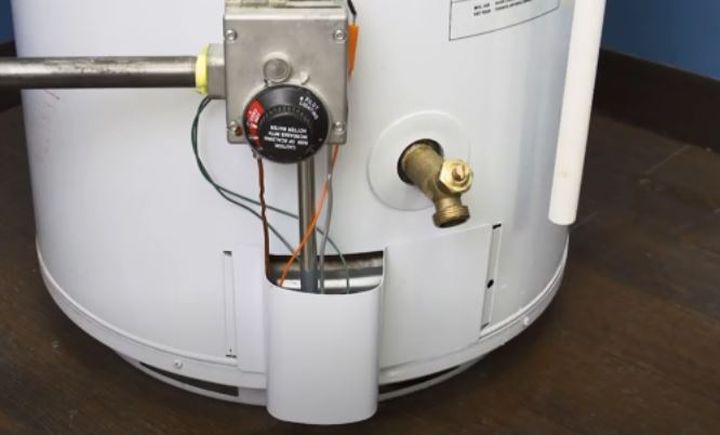
How do you change the temperature of the water heater? Adjust the thermostat up or down with a screwdriver. If your water heater has two thermostats, adjust them both, with the top thermostat a few degrees higher than the bottom thermostat.
Some water heaters come with A, B, and C settings instead of the numbered values. For this case, use this interpretation;
A- 120 degrees
B- 130 degrees
C- 140 degrees
In some cases, some water heater manufacturers use different scales. So for clarity, consult your water heater manual.
Note: Some manufacturers put the default to 140 degrees, which is too hot for most people. Some water heaters also come with a temperature setting of up to 150 degrees. That is why after buying and installing a new water heater, ensure that you have the settings right before using the water to prevent scalding and tepid temperatures.
Step 5 – Place back the insulation
After adjusting the water heater settings, put back the insulation in place and screw back the access panel.
Step 6 – Connect back the power to the water heater
Switch on the power supply. In the case of gas water heaters, relight the pilot light.
Step 7 – Test the water and make further adjustments if needed
After the temperature adjustment, leave the water heater for about four hours before testing the water. Then run the water in your taps or showers. Place a thermostat in the water, and read the temperature. Readjust your water heater settings until you get the proper temperature if the water temperature is too low or too high.
Note: If your water heater continues to give you cold water even after temperature readjustment, call in an expert to inspect it.
Conclusion
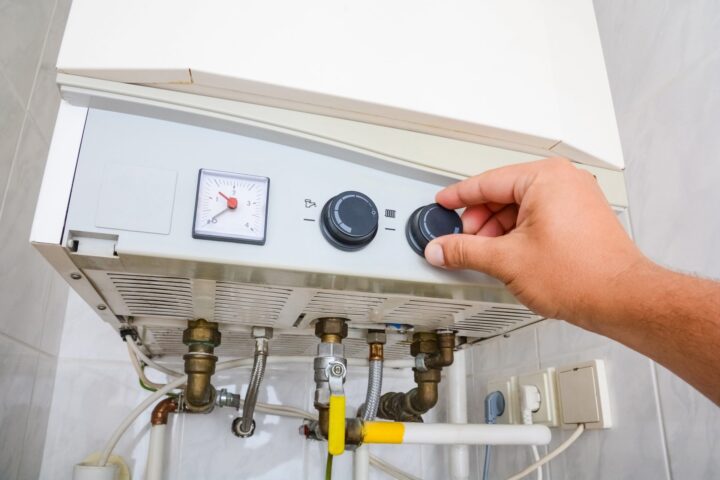
Following this homeowner’s guide to adjusting water heater settings will help you enjoy comfortable water temperatures in your baths and faucets.
